Across North America’s vast landscapes, diverse ecosystems nurture a stunning array of wildlife.
This guide leads you through four distinct habitats, revealing how North American wildlife employs color, form, and behavior to thrive in each setting.
In the following sections, we’ll use the new Mini North American Wildlife set as our lens to decode how these species adapt and survive across North America’s varied habitats.

Wetlands & Amphibian Adaptations
Challenges of Wetlands:
- Muddy, Unstable Ground: Soft, waterlogged soil makes walking a struggle.
- Low Underwater Oxygen: Aquatic habitats often lack oxygen, limiting diving time.
- Dense Vegetation: Thick reeds and grasses obscure vision, hiding both food and foes.
North American wildlife overcomes these hurdles with ingenious adaptations. Each species develops unique traits to move, breathe, and hunt in the ever-changing wetland world.
-
Alligator Snapping Turtle
Alligator snapping turtle wears a rough, knobby shell that looks just like muddy logs on the pond floor, making it almost impossible to spot. Best of all, it can pull oxygen from water through special tissues, so it stays hidden underwater for hours. -
Turkey
Turkey blends into marsh edges with feathers sprinkled in browns and creams, matching the play of light through reeds. Their strong legs grip soggy ground without sinking, and sharp claws let them scratch through wet soil for seeds and insects with ease.
These wetland specialists demonstrate how coloration, respiratory adaptations, and feeding strategies unite to sustain North American wildlife in watery realms.
Plains & Grassland Survival
Challenges of the Plains
- Open Terrain: No cover means predators can spot prey from afar.
- Temperature Extremes: Baking sun by day, chilly winds at night.
- Sparse Water: Limited water sources force animals to travel.
North American wildlife conquers these open terrains with speed, strength, and social strategies—each species evolves traits to traverse, forage, and defend across the vast grasslands.
-
American Bison
Bison roam in massive herds, using sheer numbers and close ranks to deter wolves. Their broad, tough hooves crush dry grasses and stabilize them on soft soil, while thick neck muscles power head-butts against threats. -
White-tailed Deer
White-tailed deer rely on lightning-fast bursts and graceful jumps to escape danger. Their long legs and flexible spine let them bound over fences and uneven ground, keeping them one step ahead of pursuers. -
Pronghorn
Pronghorn are the fastest land mammals in North America, sprinting up to 60 mph. Coupled with keen vision, they detect predators from miles away and outrun almost any chase across the plains. -
Coyote
Coyotes hunt in pairs or small packs, blending stealth and teamwork. Their padded paws muffle footsteps over grass, and adaptable diets—scavenging berries or chasing rabbits—help them thrive where food and cover vary.
These grassland champions demonstrate how speed, social tactics, and physical adaptations unite to help North American wildlife thrive across the open plains.

Forest & Rocky Terrain Stealth
Challenges of Forests & Rocks
- Uneven, Slippery Surfaces: Roots, rocks, and loose gravel demand sure-footedness.
- Low Light & Dense Cover: Shadows and foliage obscure vision for both predator and prey.
- Navigational Complexity: Twisting paths and vertical cliffs require agility and balance.
North American wildlife masters these rugged realms with agility, sensory acuity, and camouflage—each species evolving unique tools to move, ambush, and vanish amid trees and boulders.
-
Gray Fox
Gray foxes scale tree trunks using semi-retractable claws and rotating wrists, escaping ground predators with ease. Their silvery-brown coat, speckled with charcoal highlights, mimics bark textures and dappled forest light. -
Cougar
Stealthy cougars pad silently through underbrush on soft, cushioned paws. Their tawny coat blends with sunlit leaves and rocky outcrops, aiding surprise ambushes on deer or bighorn sheep. -
Mountain Goat
With striking white wool, mountain goat vanish against snowfields and pale granite slopes. Their compact build and sure-grip hooves let them bound across icy ledges, safe from most ground predators.
These animal experts show how agility, sensory finesse, and stealthy coloration combine to help North American wildlife master rugged landscapes.

Arctic & Cold-Climate Defenses
Challenges of Arctic & Cold Climates
- Bone-Chilling Temperatures: Subzero air and water demand superior insulation.
- Scarce Cover: Open ice and snowfields offer little visual shelter.
- Seasonal Food Shortages: Long winters limit prey availability.
North American wildlife faces biting cold, virtually no hiding spots on open snowfields, and scarce food during long winters.
-
Moose
Moose sport a dense winter coat of long guard hairs and a thick underfur that traps air for insulation. Their dark bodies absorb solar heat against snowy backdrops, and broad, powerful legs break through deep snow to access woody browse. -
Bald Eagle
Bald eagles grow extra-feathery plumage in winter, including downy feathers around their legs. Their white heads blend with snow-laden skies at high perches, and keen vision helps them spot fish through ice cracks or carrion miles away. -
Jaguar
In subarctic forest edges, jaguars retain their sleek, spotted coat year-round. Those bold rosettes break up their outline against dappled snowy shadows and evergreen trunks, while a muscular build and padded paws ensure silent, powerful movement across icy terrain.
These Arctic specialists illustrate how insulation, coloration, and sensory prowess combine to help North American wildlife endure and conceal in the coldest realms.

Our journey through wetlands, plains, forests, and the Arctic reveals how North American wildlife masters survival with camouflage, insulation, and keen senses.
If these adaptations sparked your curiosity, you may explore more in-depth species profiles or DIY habitat projects.
Feel free to photograph or film your own creations and share them online with #Toymany or by tagging our official account.
Dive into our blog series for extra insights, and follow us on TikTok or YouTube for behind-the-scenes videos and fresh wildlife inspiration!


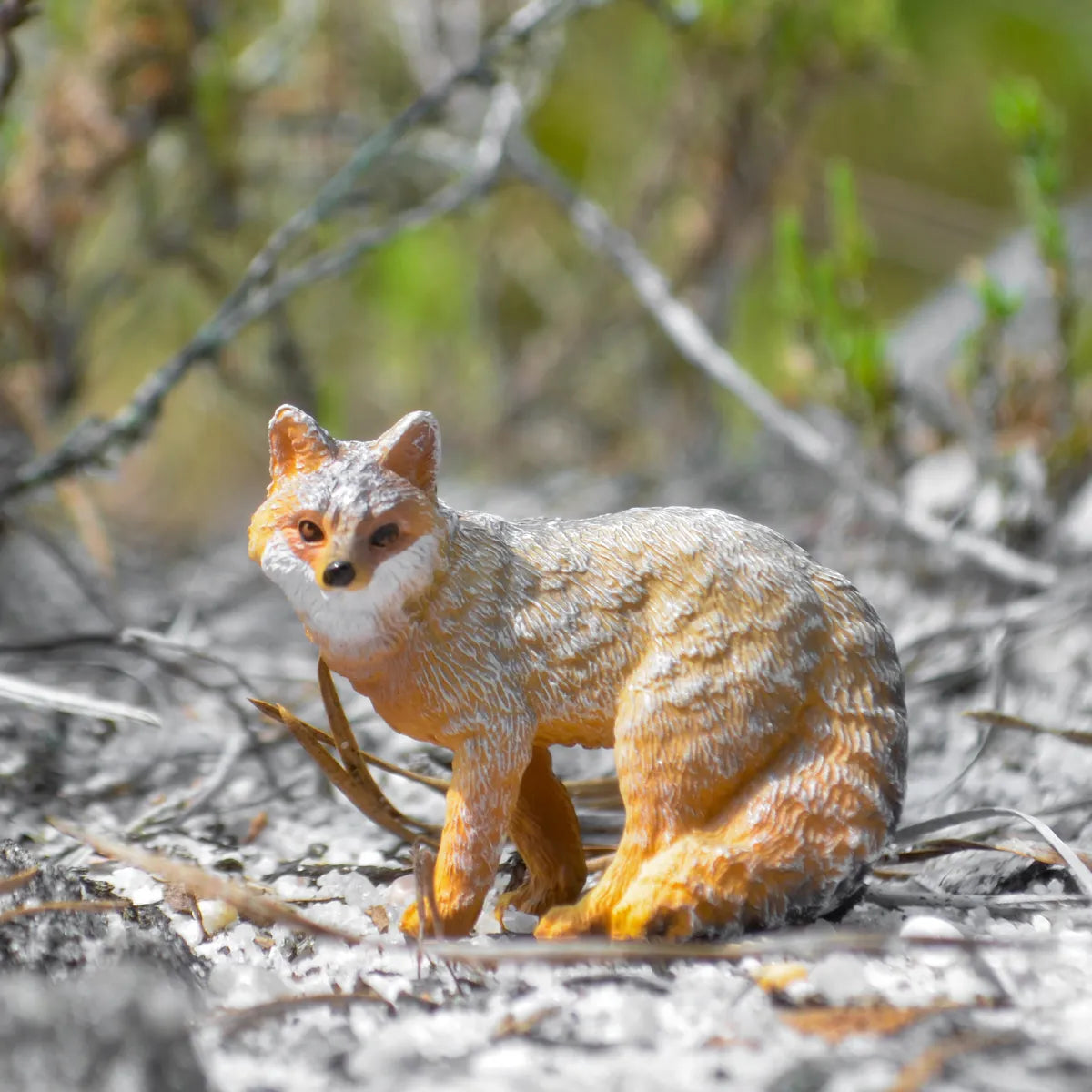
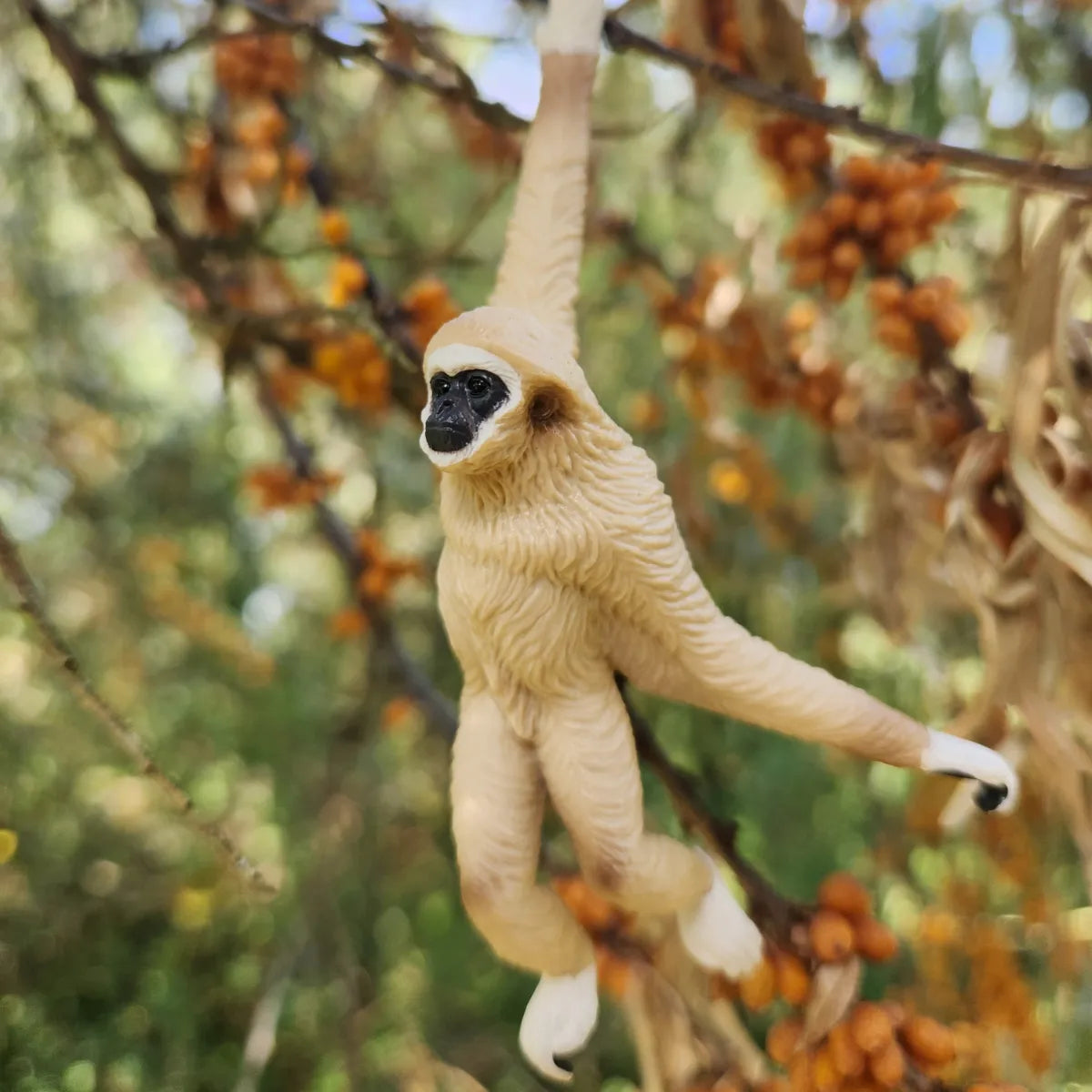

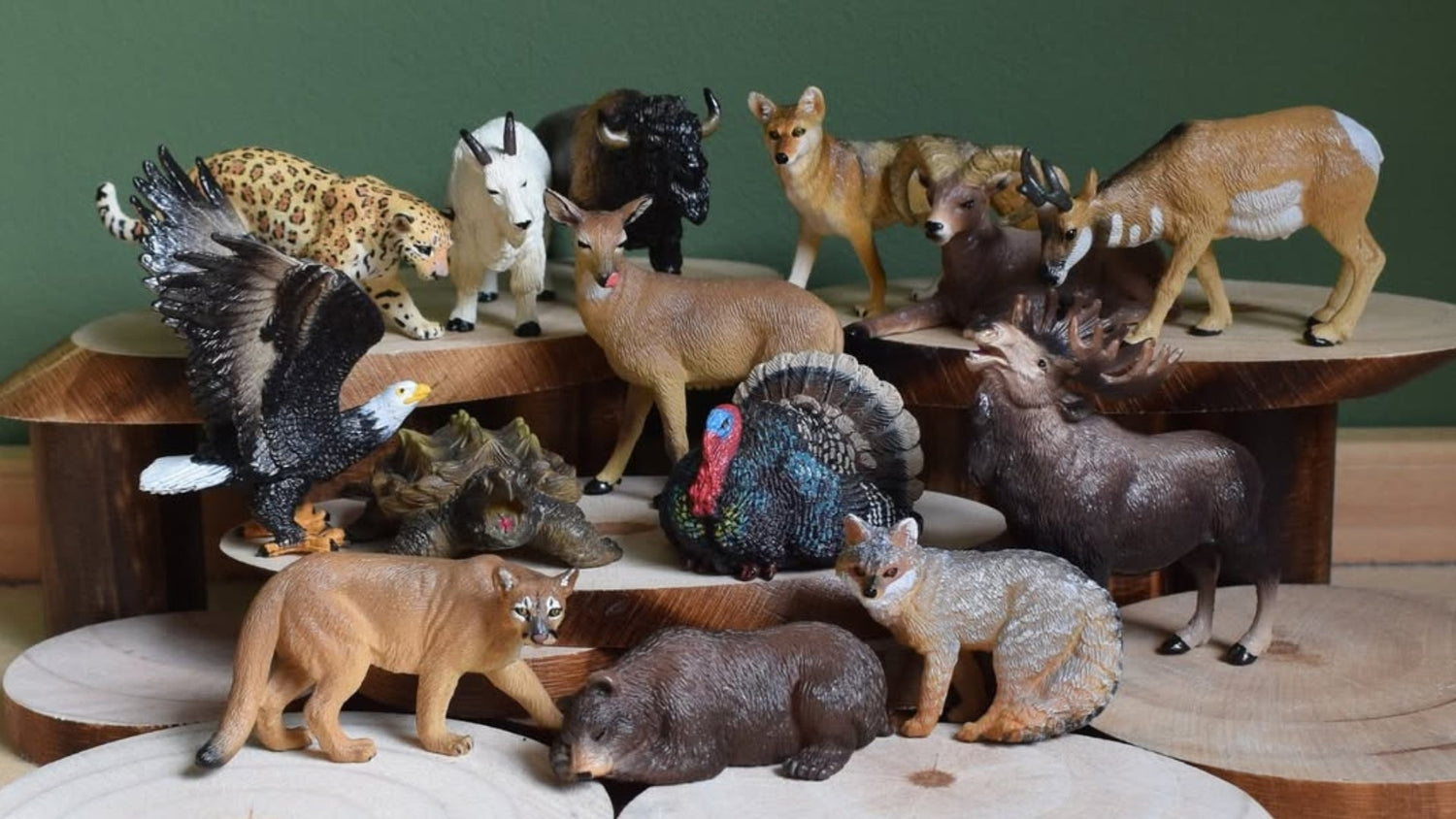
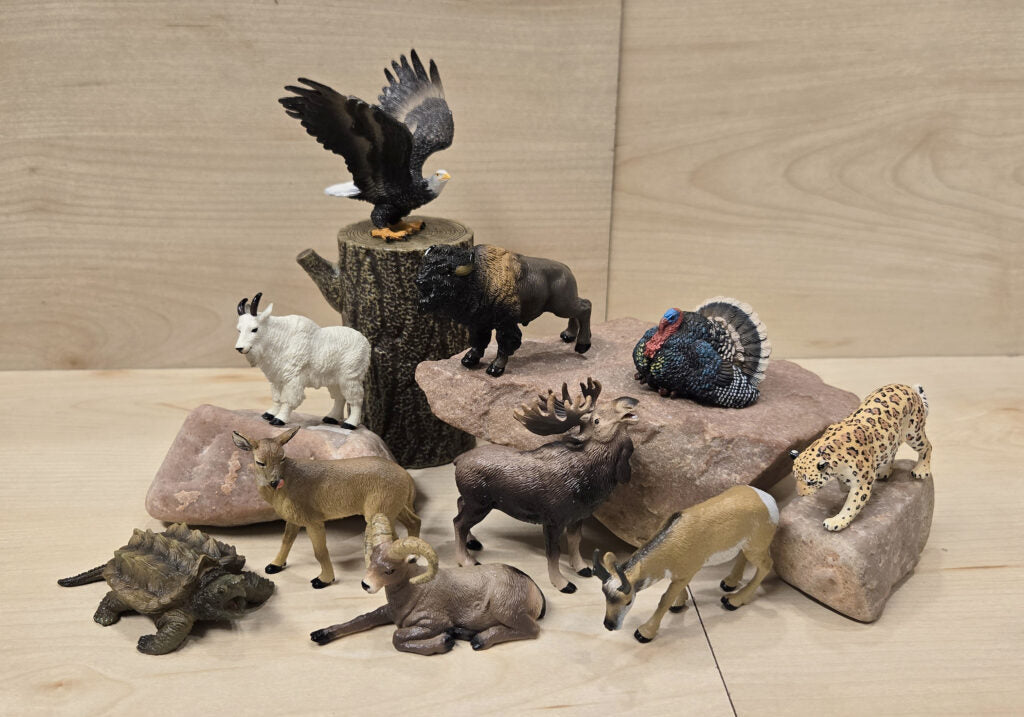
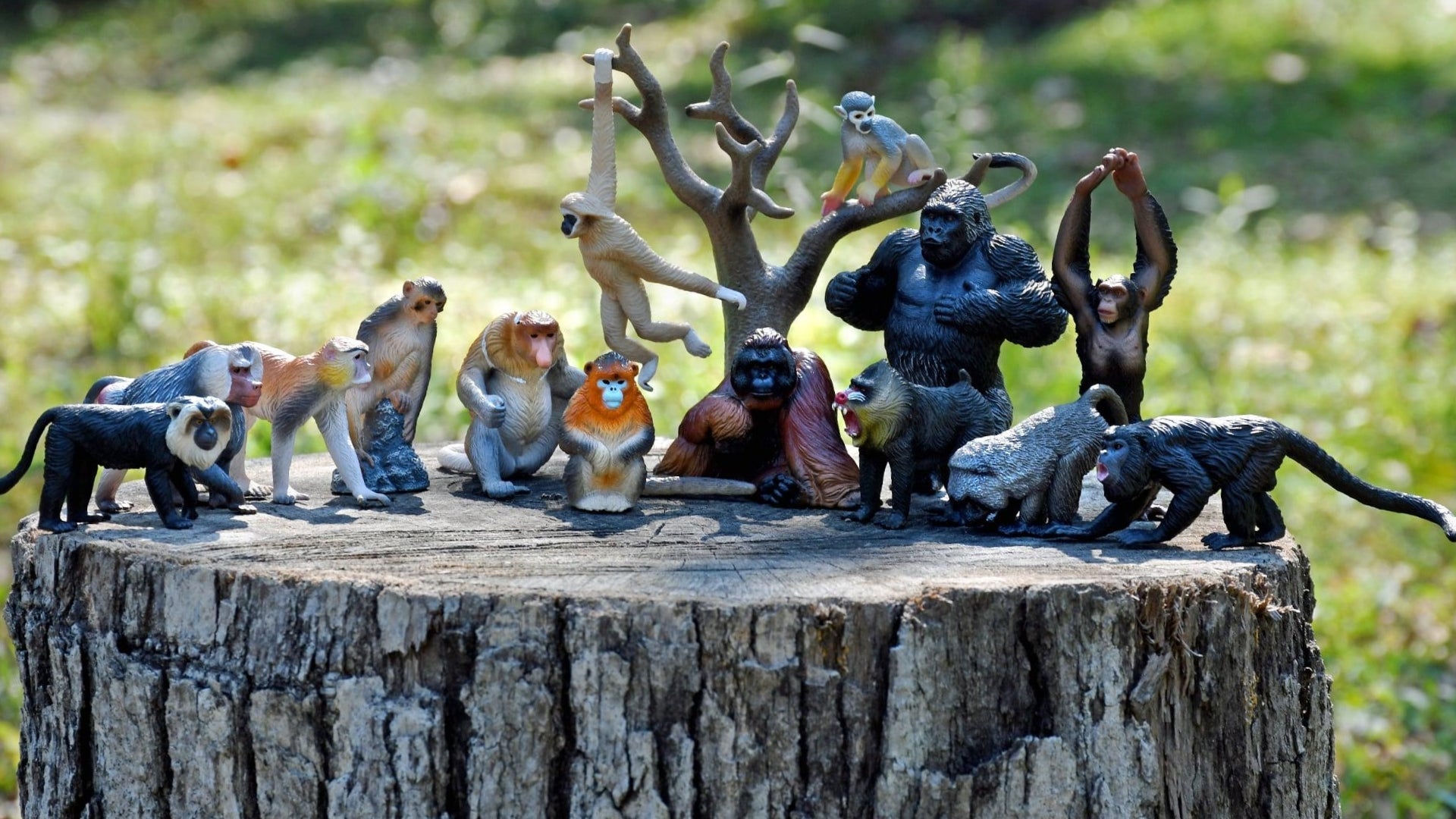
Leave a comment
All comments are moderated before being published.
This site is protected by hCaptcha and the hCaptcha Privacy Policy and Terms of Service apply.